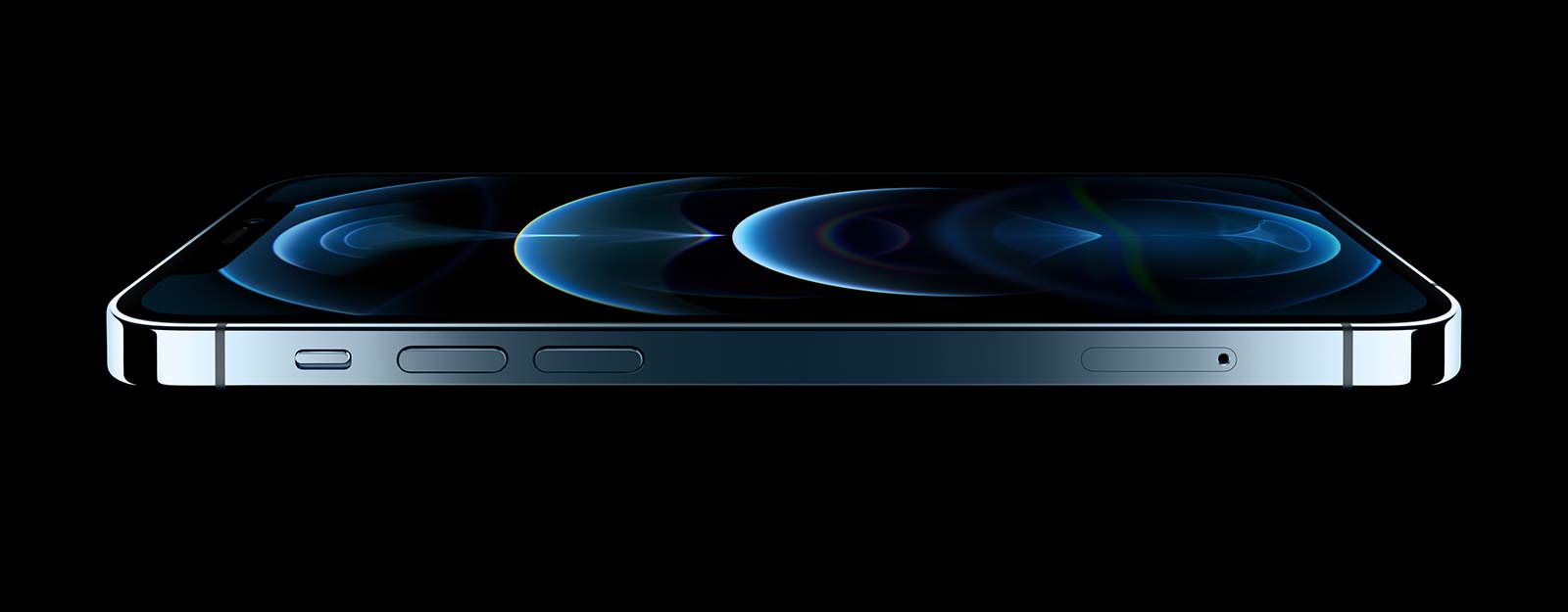A big week for 5G news as Apple announced four new 5G iPhone models in the iPhone 12 range, and Google released two itself. We’ll go all in for 5G with Apple and Google in five minutes.
Subscribe to The Wrap at Apple Podcasts…Transcript
For the middle of October 2020, you’re listening to The Wrap, Australia’s fastest technology round up, and this week, the focus has largely been on the world of 5G as more companies signed on.
Pretty much every company has jumped into the world high-speed 5G this week, but some are bigger than others, so let’s get stuck in quickly, because we have a lot to fill in the five minutes this show runs.
Starting with what this week was typically about, which is Apple.
You see Apple had a bit of a thing this week, where the company announced what was largely expected, as the new iPhone generation arrived alongside a new HomePod Mini, which will be a positively pint-sized speaker roughly a third the price of the original HomePod. That’s coming in November, but before it, there will be a new iPhone or two… or three… or even four.
Yes, Apple’s iPhone announcement was a four-phone affair, covering the typical three you might expect, plus an extra fourth made for people who prefer a smaller phone.
All are part of the iPhone 12 range, Apple’s much anticipated iPhone for 2020 supporting the 5G connections every major Australian telco offers, including Telstra, Optus, and Vodafone, and that’s slowly, gradually, beginning to trickle to the smaller virtual operators, starting with SpinTel.
The iPhone 12 range covers a gamut of price points from a little over $1100, with the iPhone 12 offering a new chip, a new screen and refreshing the cameras slightly from the last year’s iPhone 11. There’s also a new design with flat metal edges, which kind of looks like an iPad Pro or an iPhone 5, depending on how long you’ve had an iPhone for.
Next up is the iPhone 12 Mini, which is kind of like the surprise! iPhone for the event. It’s smaller, and takes much the same stuff, but throws it into a compact body. It’s so small, it’s actually smaller than the iPhone SE from earlier in the year, basically being a hand-sized phone.
In a world of big phones, that might seem a little strange, but that’s really what Apple is bringing to the table, and that’s a good thing. The iPhone 12 Mini is a powerful compact phone, not a handicapped compact phone, which is typically what happens these days. It’s nice to see phones of all sizes.
Of course, there are big phones, too, and that’s really what the iPhone 12 Pro and 12 Pro Max are, 6.1 and 6.7 inch big phones sporting that new flat design language, and a whole bunch of high-end gear.
The new A14 chip is there, plus 5G and other fast connections, and there are three cameras, as well. But that’s where things get a bit different. They both have newer and bigger sensors, but the Pro Max actually has a bit of an edge on its 12 Pro sibling, with bigger camera pixels and a closer lens.
They both look to be quite impressive, but it’s interesting that there’s a bit of a disconnect between the models, and it feels very much like a signal from Apple that if you buy the biggest model, you should expect the best.
All of the iPhone 12 models support Dolby Vision HDR, which means video capture will be a little more like what you can play on those new TVs, handy for folks with them, and they’ll all also support a new magnetic wireless charging approach from Apple named with its formerly retired “MagSafe” name.
And all are on the way, starting from just under $1200, though the 12 and 12 Pro will come first next week, with the 12 Mini and 12 Pro Max in mid-November.
Before they come, there are other 5G phones out, including two from Google, which we’re reviewing, the Pixel 5 and the Pixel 4a with 5G, and they are fairly similar.
They both have the same Snapdragon chip, the same 5G tech, the same 128GB of storage, the same two cameras for wide and ultra-wide, and they both take portraits at night.
Where they differ are on price and things you might call minor.
The Pixel 5 is $999 and comes with an aluminium body, wireless charging, water resistance, and a 90Hz screen, while the Pixel 4a with 5G comes with a plastic body and none of that other stuff. Yet it sells for $200 less, and at $799, is one of the best 5G phones you can find.
And that’s part of what makes the Pixel 4a with 5G feel like a stellar deal. It’s an $800 phone with the camera from the thousand dollar phone, and almost everything else you’d want, save the water resistance or wireless charging. And if you want to save $200, it makes sense.
We like the Pixel 5 a lot, and it is a really nice phone, but at two hundred dollars less, the Pixel 4a with 5G makes a lot more cents, both as a pun and for real.
They both also lift the game for what a 5G phone should be this year, and feel really normal in the hands.
They are just the beginning of 5G, for sure, but with Apple now playing, the choice of a solid 5G phone is getting really interesting.
And that’s it for this week’s episode of The Wrap, Australia’s fastest technology roundup. A new episode appears every Friday at Podcast One, Spotify, and Apple Podcasts, and we’ll be back next week for more tech in five. Until then, have a great week. Stay safe, stay sane, and take care.





